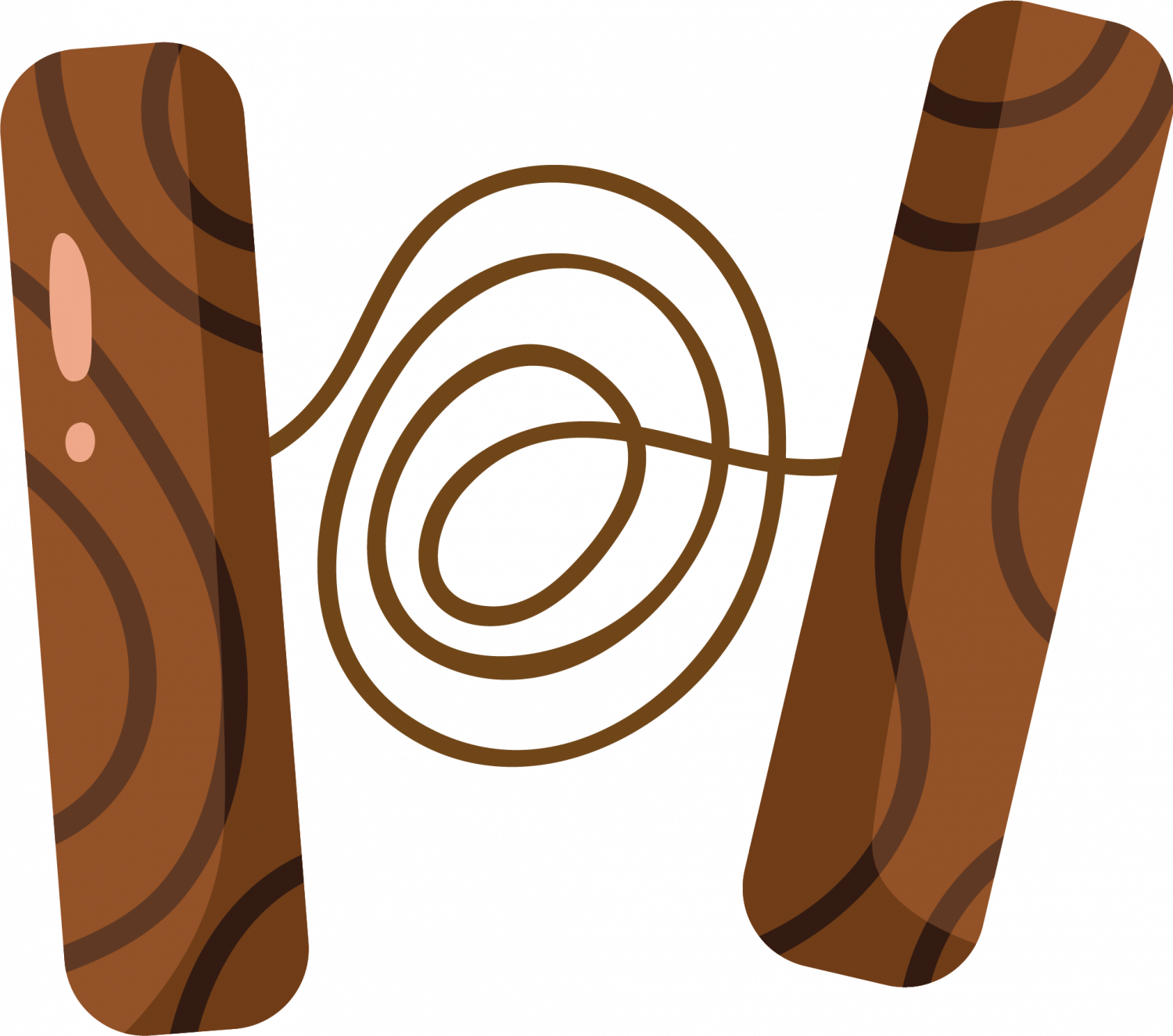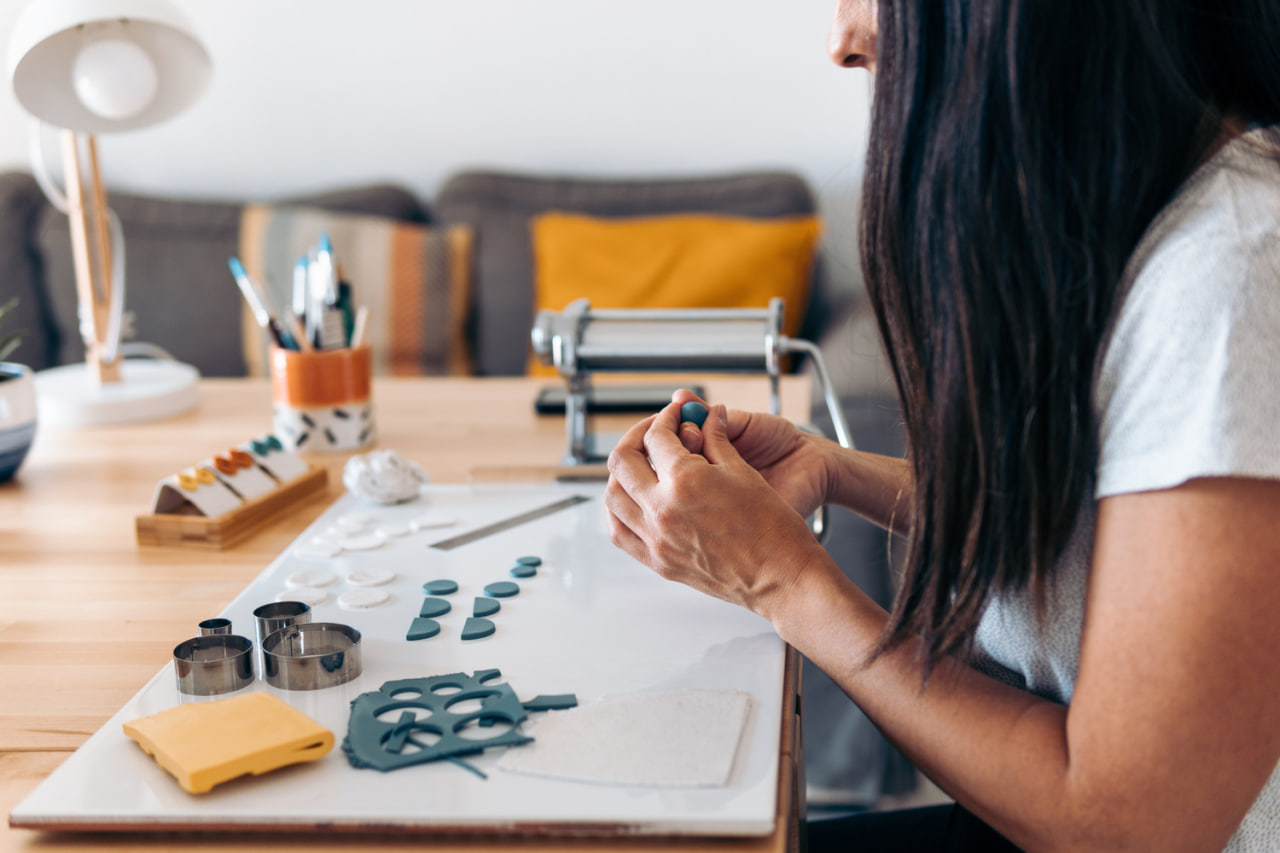Starting your journey in polymer clay jewelry can feel exciting but also overwhelming. With so many tools, materials, and techniques available, it’s important to know what is essential to get started. This guide will introduce you to the basic tools, materials, and tips for beginners, helping you create your first professional-looking polymer clay pieces with confidence.
Understanding Polymer Clay
Polymer clay is a versatile material made of PVC particles combined with plasticizers. It is soft, malleable, and can be shaped into intricate designs. Once baked in a standard oven, polymer clay hardens, allowing you to create durable jewelry pieces. Its flexibility, wide color range, and compatibility with other materials make it a favorite among hobbyists and professional jewelry makers alike.
Essential Tools for Beginners
Having the right tools makes polymer clay jewelry more manageable and enjoyable. Here are the basic tools every beginner should have:
- Clay Conditioners and Rollers – Conditioning clay by hand or using a roller ensures it is soft, pliable, and ready for shaping.
- Cutters and Blades – Sharp craft knives or specialized clay cutters help in creating precise shapes and patterns.
- Texture Tools – Stamps, embossing tools, and silicone molds add detail and dimension to your pieces.
- Needles and Dotting Tools – Perfect for making holes for beads, adding fine details, and creating intricate designs.
- Oven Thermometer – Ensures your clay bakes at the correct temperature for durability without burning.
Having these basic tools allows you to start experimenting with different shapes, textures, and designs without feeling overwhelmed.
Choosing the Right Polymer Clay
Not all polymer clays are created equal. Beginners should start with versatile and forgiving brands:
- Conditioning – Softer clays are easier to knead and shape, making them ideal for beginners.
- Color Options – Look for a variety of pre-mixed colors or translucent options to explore blending and layering techniques.
- Compatibility – Ensure the clay is compatible with other materials you may want to incorporate, such as metal findings or resin.
Choosing the right clay helps you achieve better results and makes the creative process smoother.
Additional Materials for Jewelry Making
Beyond clay, several additional materials are essential for creating finished pieces:
- Metal Findings – Jump rings, earring hooks, and clasps are necessary for turning clay shapes into wearable jewelry.
- Adhesives – Strong glue for securing pieces, especially when combining clay with other materials.
- Sandpaper and Buffing Tools – For smoothing edges, refining shapes, and polishing surfaces.
- Sealants and Varnishes – Protect your finished pieces, enhance colors, and add a professional shine.
These materials allow you to take your polymer clay creations from simple shapes to polished, wearable jewelry.
Tips for Beginners
Starting with the right tools and materials is just the beginning. Here are a few tips to make your journey easier:
- Start Small – Focus on simple designs before attempting intricate patterns.
- Practice Regularly – Skill improves with repetition and experimentation.
- Keep Your Workspace Organized – Clean tools and a dedicated work area reduce frustration and mistakes.
- Experiment with Colors and Textures – Don’t be afraid to try different combinations to discover your unique style.

